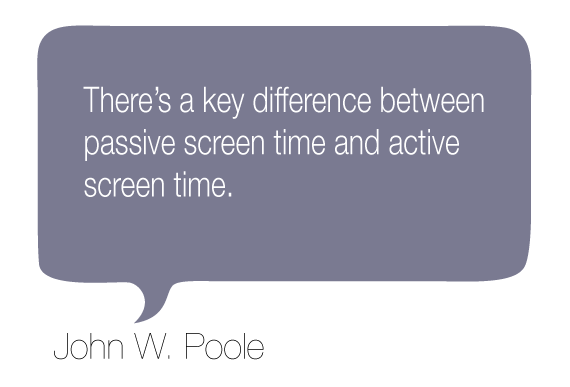He loves his backpack!
 We took a trip to NYC in October and Asher decided he HAD to caress and kiss my BARE belly in the middle of sheep’s meadow…
We took a trip to NYC in October and Asher decided he HAD to caress and kiss my BARE belly in the middle of sheep’s meadow…
 Halloween 2014 – last minute DIY Jedi Knight costume. Second Halloween in a row that we had head colds the week leading up to it and thus had to scrape something together last minute.
Halloween 2014 – last minute DIY Jedi Knight costume. Second Halloween in a row that we had head colds the week leading up to it and thus had to scrape something together last minute.
 Proof that we really did start taking weekly belly shots but then we moved and life happened and we totally flaked…sorry Bennett!
Proof that we really did start taking weekly belly shots but then we moved and life happened and we totally flaked…sorry Bennett!
 That time Raf grew his beard out and we had to document it before he finally succumbed to my pleas for him to shave it off.
That time Raf grew his beard out and we had to document it before he finally succumbed to my pleas for him to shave it off.
 Yet another attempt at documenting my pregnancy with Bennett like we did with Asher.
Yet another attempt at documenting my pregnancy with Bennett like we did with Asher.
 ASHER’S FACE IS EVERYTHING!!! Seriously, I have never seen a sweeter expression of love or pride than this one on his face as he gazes at his brand new sister for one of the first times.
ASHER’S FACE IS EVERYTHING!!! Seriously, I have never seen a sweeter expression of love or pride than this one on his face as he gazes at his brand new sister for one of the first times.
 “The sibling relationship is the longest relationship we will have with anyone on this planet” – Grandma Carol
“The sibling relationship is the longest relationship we will have with anyone on this planet” – Grandma Carol
















